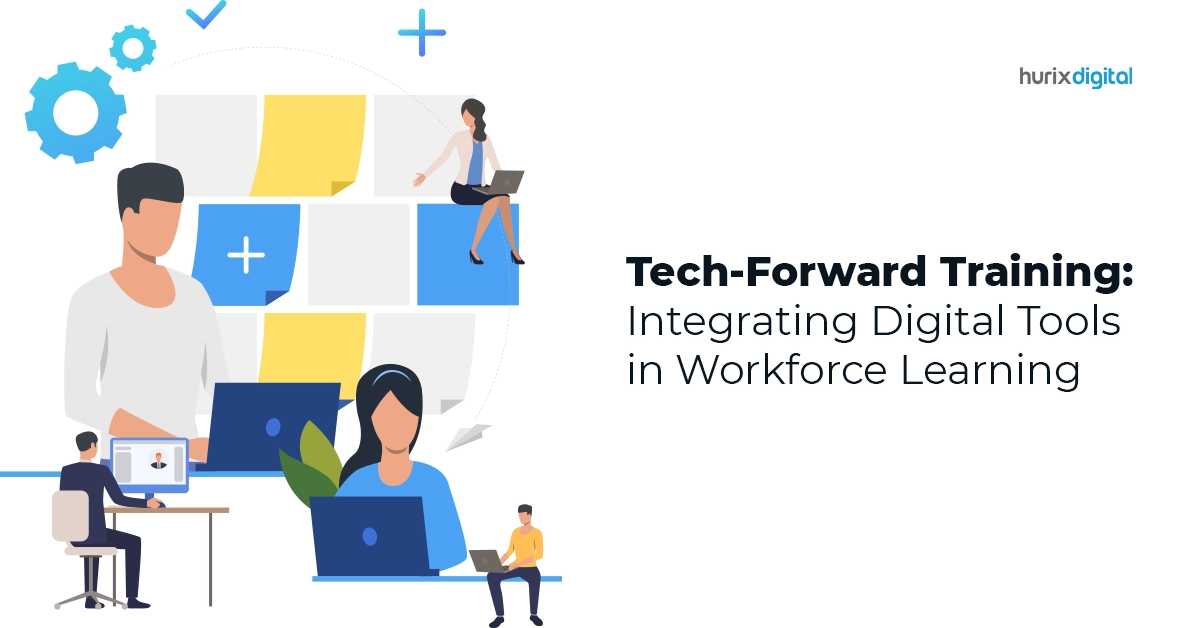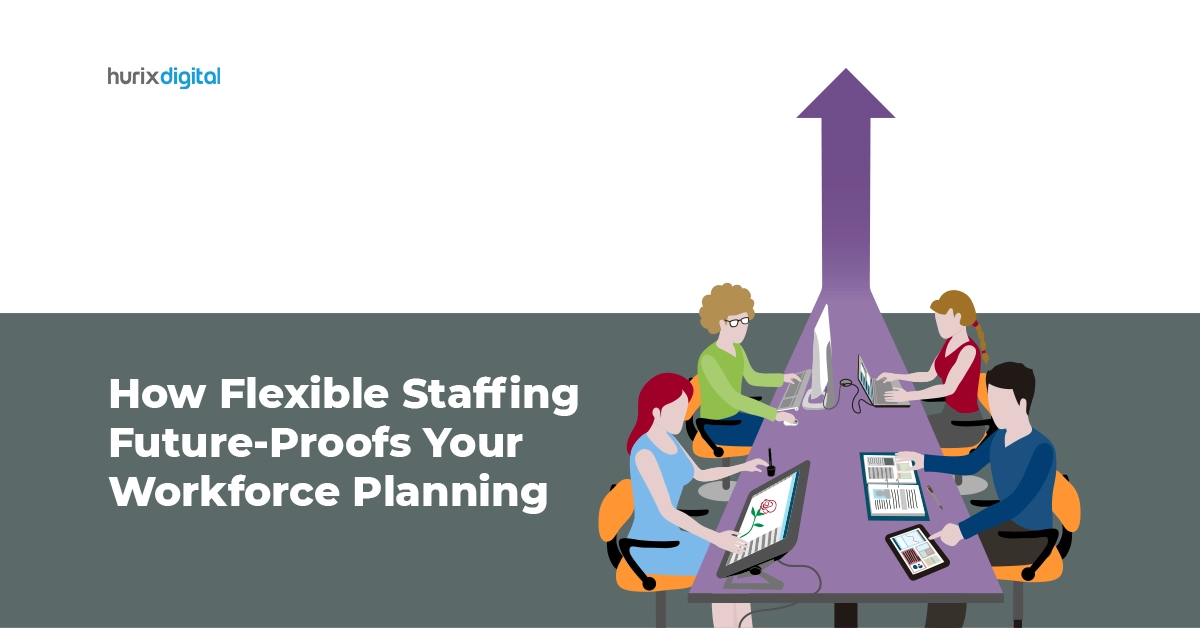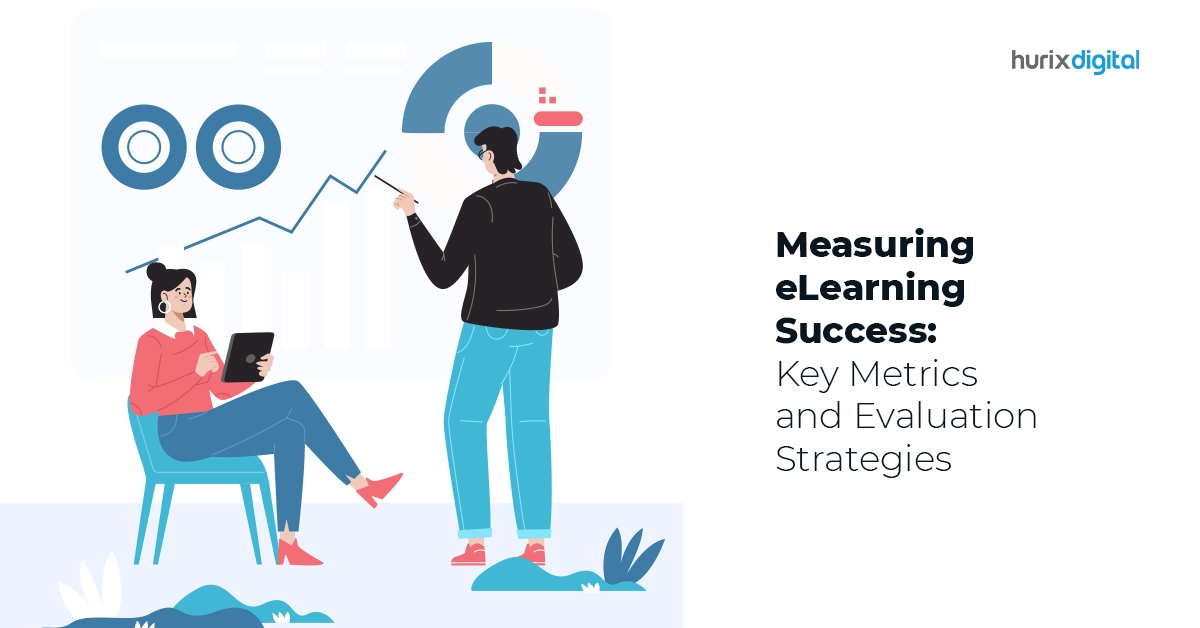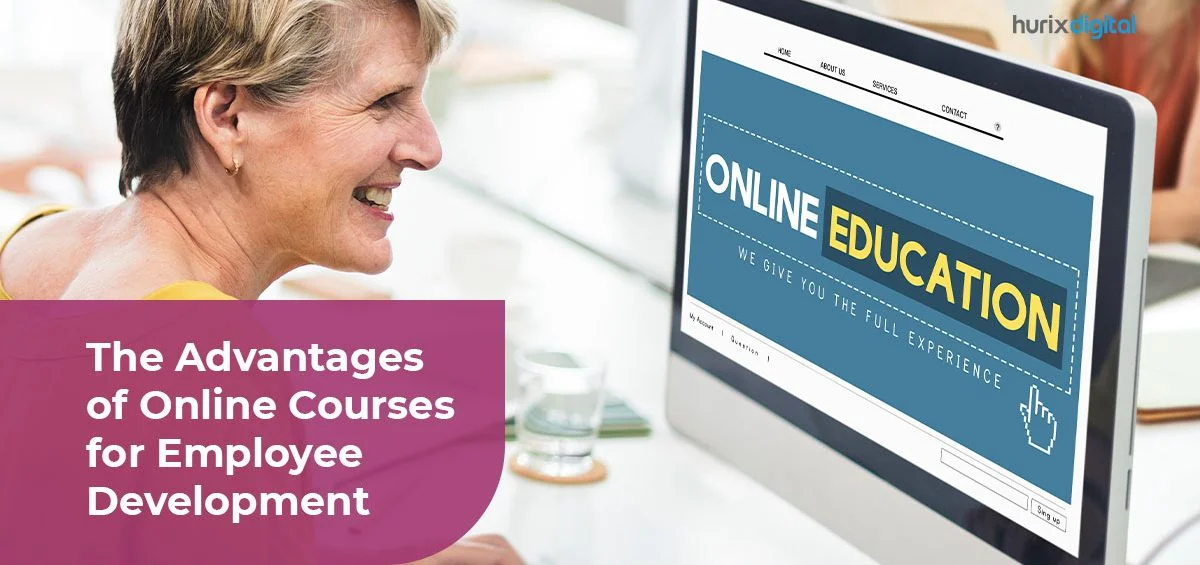Summary
Inclusive learning is essential for workforce development, catering to the diverse needs of employees. By embracing different learning styles, backgrounds, and abilities, organizations can foster a supportive environment where all individuals can thrive. This approach promotes equity, enhances skills acquisition, and boosts overall productivity and innovation in the workplace.
Any business that hopes to remain afloat in the long term must invest in innovation. What drives consistent innovation is pushing for workforce development.
Workforce development involves employee education through inclusive learning techniques. This helps align the skills of employees with the short- and long-term goals of the organization. 81% of employees and 91% of companies say reskilling or upskilling training has boosted productivity at work.
An inclusive workforce not only nurtures talent but also attracts the best talent in the business. A learning environment that offers reskilling and upskilling opportunities creates a motivated workforce, leading to higher employee retention. The future of an organization is largely dependent on its investment in workforce development.
Table of Contents:
- Elements of Workforce Development
- Inclusive Learning: The Larger Benefit
- Implementing Inclusive Learning in the Workplace
- Wrapping Up
Elements of Workforce Development
Three elements go into addressing the needs of your workforce. They are:
1. Inclusive Learning
The concept of inclusive learning is simple: all employees, regardless of their backgrounds, must have equal access to learning opportunities. Thus, all employees will have an equal opportunity to improve their performance and climb up the ladder within their organization.
2. Training and Development
Training employees to equip them with new knowledge and abilities is an important part of workforce development. Regular training and development activities ensure top-notch job performance from each employee who benefits from the program. Overall, it promotes productivity all across the organization.
3. Employee Education
Encouraging employees to pursue higher education, whether through on-the-job training, partnering with educational institutions, or even reimbursing them for any course they pursue, leads to a more competent workforce. This constantly creates a new flow of highly skilled workers who are already versed in the working style of the organization.
Also Read: Trends and Innovations in Instructional Design for Workforce Learning
Inclusive Learning: The Larger Benefit
Out of the three elements we discussed, inclusive learning is the most important. Employee education can be seen as an important part of inclusive learning as a whole, alongside training and development. Together, they foster a sense of camaraderie among employees.
1. Spike in Performances
Inclusive workforce development training creates a diverse and competent workforce. There are quantifiable improvements in the workforce’s performance, which lead to innovation and increased creativity.
When an organization invests in its workforce, it is eventually rewarded with a more positive work culture. It helps with better decision-making and promotes fairness and equality.
2. More Skilled Workforce
Such training and development programs reduce the skill gap and attract and retain top talent. It promotes continuous learning and improvement and leads to better job satisfaction among employees.
3. Personalized Learning
Inclusive learning aims to provide a personalized learning experience. Personalized learning is the process by which you develop a training module tailored to the unique needs and goals of each employee. It includes frequent assessments and adjusting difficulty levels according to the progress being made by an individual.
Through adaptive techniques that use learning methods such as online courses, adaptive assessment modules, and one-on-one coaching if needed, the learning methods encourage the learner to take ownership of the process, thus allowing them to feel motivated to complete the process, no matter how long it takes.
In the workplace, personalized learning is the building block of an inclusive training and development program. Tailoring training modules to suit individual needs ensures better engagement and improved understanding. It helps identify individual knowledge and skill gaps and leads to rapid upskilling. Trainers can identify which learning methods improve employee experience the most and implement them.
Implementing Inclusive Learning in the Workplace
Such an inclusive learning method motivates employees to align with organizational goals and boosts productivity. But how do we achieve this goal? It’s really simple. Create a personalized and flexible skill-upgrading program, and here is how:
1. Competency-based Learning
Start with assessing the specific skills relevant to an employee’s role within the organization. Build a training module around that skill, ensuring it aligns with their current knowledge and skill level.
2. Adaptive Learning
Using the power of predictive analytics, change the content, pace, and difficulty of the learning modules based on the learner’s needs and progress. Continuous assessment and analysis will help with this step.
3. Microlearning Modules
Divide the larger course into bite-sized modules. This will boost information retention and develop a better understanding of the material. Microlearning also promotes learner engagement. You can also incorporate game-style modules for better engagement and to stimulate employee interest.
4. Relevant Compilations
Provide the learner with only relevant information. Compile everything together relevant to the current micromodule.
5. Use of Latest Technology
Leverage the potential of digital platforms to impart training. This way, the employee can access the course at any time, anywhere. Online platforms can also leverage the latest technology to make the entire process much more pleasant for the learner. Furthermore, for anyone with learning or mobility disabilities, online learning or assisted learning can be a lifesaver.
6. Flexibility
Allow for maximum flexibility. Employees should be able to start training whenever they can and jump in and out of it depending on their current bandwidth. This will allow them to learn at their own pace.
Also Read: Equalsense: Your Partner for AI-Powered Web Accessibility Solutions
Wrapping Up
Now that you understand the importance of creating an inclusive learning-based training and development program in your organization, your next question must be: how do we achieve it? Hurix Digital has the answer for you.
Hurix Digital offers all the services you will need to ensure your employees have access to the best inclusive learning program. It offers e-learning solutions tailored to individual needs. The mantra here is “Anytime, Anywhere!” promoting flexibility and adaptability.
Hurix Digital personalizes entire learning modules using adaptive algorithms and user analytics. It has the expertise needed to bridge skill gaps within an organization using its analytics-driven approach.
Most importantly, Hurix Digital excels at including elements of diversity, equity, and inclusion in every learning program it creates. So if you are on the hunt for the best workforce development guide on the market, reach out to Hurix Digital today!











